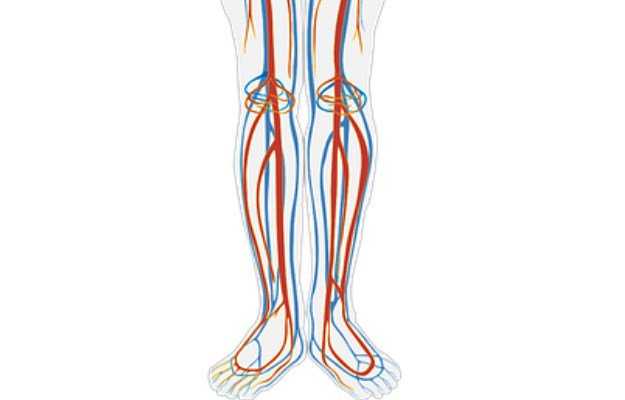What is thrombophlebitis?
Thrombophlebitis is a condition in which certain parts of the body, typically the legs, develop inflammation of a vein due to the formation of a blood clot. The blood clot results in decreased blood flow to that part of the body and can lead to a series of complications over time.
What are its main signs and symptoms?
Due to the formation of a blood clot and decreased blood flow to that part of the body, a swelling develops in the affected area. Other signs of thrombophlebitis are:
- Pain around the swollen area.
- The region starts getting warmer as compared to the rest of the body.
- The swollen area is tender and develops a reddish colour.
- There might be dryness of skin and eczema that develops due to the poor clearance of venous blood from that region.
What are the main causes?
A number of causes can lead to the formation of a blood clot in the veins. It can form due to prolonged bed rest or sitting in one position for a long period of time. Other factors which can result in the condition are:
- Having a pacemaker
- Cancer
- Obesity
- Pregnancy
- Taking birth control pills
- Fracture or recent surgery of the hip, pelvis or legs
- Varicose veins (twisted or enlarged veins)
- A family history of thrombophlebitis
How is it diagnosed and treated?
A case of thrombophlebitis is easily identified with a detailed history and physical examination; however, to confirm the presence of a blood clot, the doctor may order an ultrasound, CT scan or MRI scan. A doppler study too may be advised to identify the exact site and extent of the clot.
In case the condition is superficial, the doctor may prescribe medicines and suggest simple methods for relief, which may include:
- Anti-inflammatory medications
- Wearing support stockings
- Applying heat over the affected area
- Resting the affected part. If it is the leg that is affected, it should be kept elevated and straight.
However, in cases of advanced and deep thrombophlebitis, blood thinners may be prescribed, and the doctor may need to surgically remove that part of the vein to re-establish the blood flow.

 OTC Medicines for Thrombophlebitis
OTC Medicines for Thrombophlebitis















